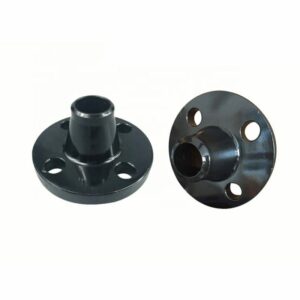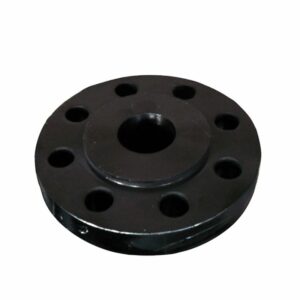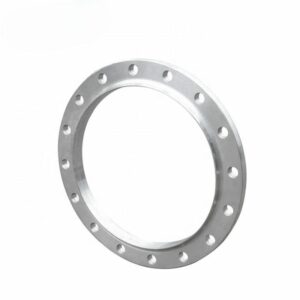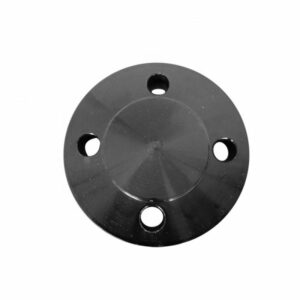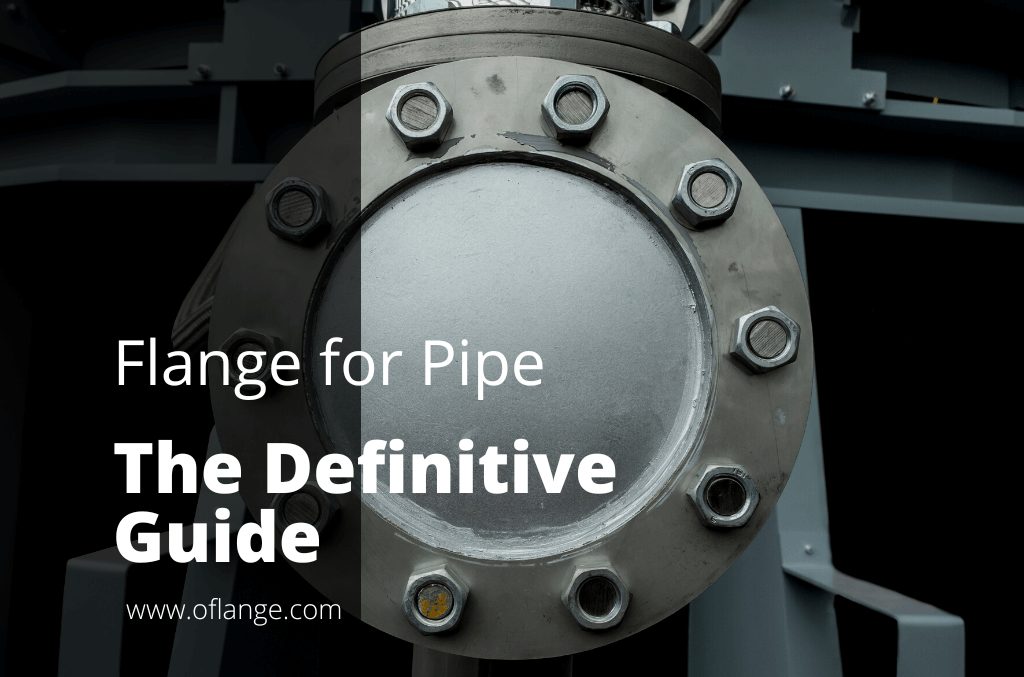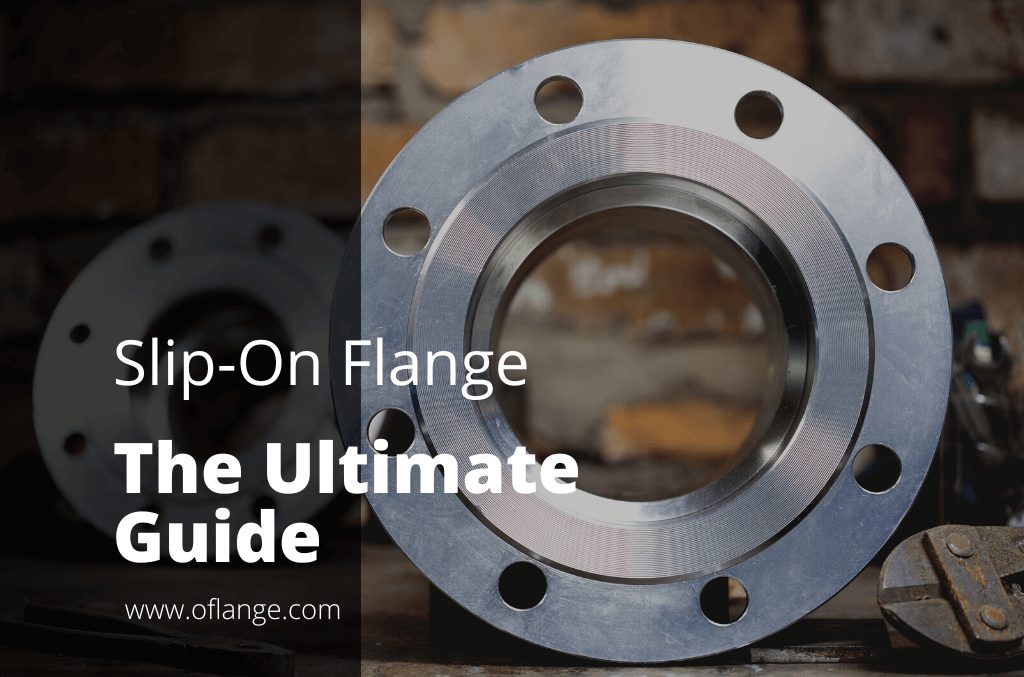PRODUCT FEATURES
Weld Flange Manufacturer to Rocket Your Business
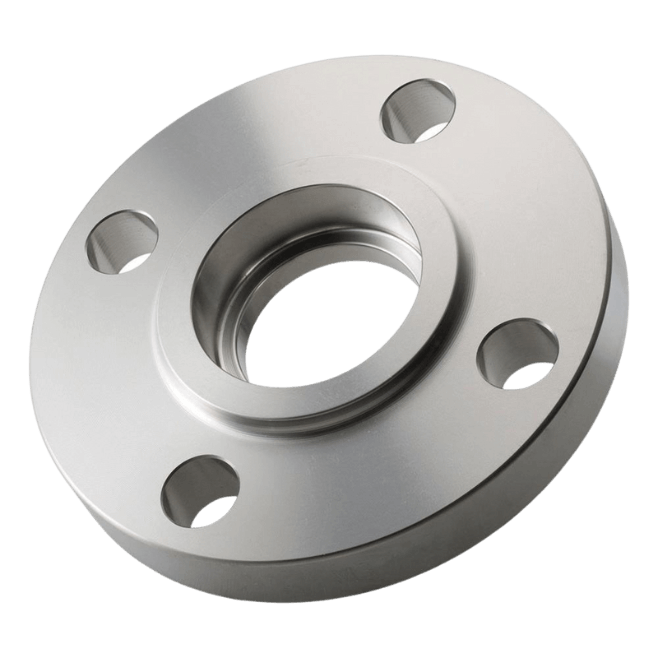
PRODUCTS
Proud To Offer A Wide Variety Of Flanges
If you are looking for something specific that isn’t listed on our website yet, just contact us today!

ABOUT US
Who Is Oflange.com
oflange.com have seen that today there are also many flange companies in China & internationally. However, their solutions were still stuck a few years ago.
In fact, we have been upgraded in recent years, and oflange.com hope our smart and flexible solutions can inject fresh blood into this market.
PARTNER
Who Trust Us





BUYER’S GUIDE
A Comprehensive Guide to Weld Flange
Weld flanges are an essential part of many piping systems, but they can be confusing to understand.
Weld flanges are welded to the pipe and then the flanges are bolted to each other. It can be used in any piping system, but they are most commonly used in high-pressure applications.
This comprehensive guide to weld flanges will teach you everything you need to know about these important components. You’ll learn about the different types of weld flanges, their benefits, and how to choose the right one for your project. Keep reading!
Table of contents
1. What Is a Weld Flange
A weld flange is a type of flange that is welded to the pipe instead of screwed on. weld flanges are typically made from steel and come in a variety of sizes. Weld flanges are used in pipelines and other industrial applications.
There are two main types of weld flanges: slip-on weld flanges and lap weld flanges. Slip-on weld flanges are the most common type of weld flange. They are simply welded to the pipe and then slipped over the end of the pipe. Lap weld flanges are more difficult to install, but they are stronger and less likely to leak.
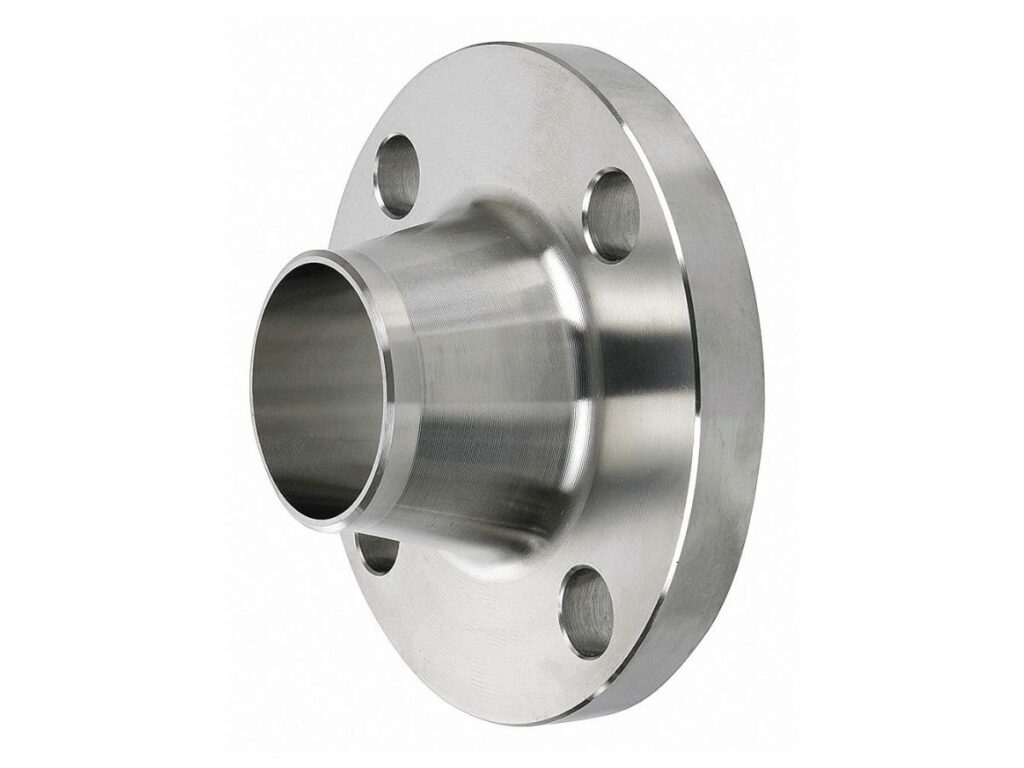
2. Common Applications of Weld Flange Connection
Weld flange connection is commonly used in many industries due to its strong and durable construction. Some of the most common applications for weld flange connection include:
Pipe Connections
A weld flange connection is often used to connect pipes, as it is a strong and reliable way to join them. This type of connection is often used in water and gas pipelines, as well as other types of industrial piping.
Pump Connections
A weld flange connection is also commonly used to connect pumps. This type of connection is especially useful in applications where there is a lot of force or pressure being exerted on the pump, as the weld flange can withstand this type of stress.
Tank Connections
A weld flange connection is often used to connect tanks. This type of connection is especially useful in applications where the tank needs to be able to withstand a lot of pressure or weight, such as in the case of storage tanks.
A weld flange connection is a versatile and reliable way to connect various devices and components. When choosing a weld flange connection, it is important to consider the type of device or component and flange thickness that will be attached, as well as the environment in which it will be used.
With proper consideration, weld flange connection can be a reliable and durable way to connect devices and components.
3. Types of Materials Can Be Used for Welding Flanges
Materials that can be welded flanges include carbon steel, stainless steel, and alloy steel.
Carbon Steel
Carbon steel is the most common type of weld flange and is available in a variety of grades. The grade you choose depends on the application. For example, AISI 1010 carbon steel is ideal for general purpose use, while AISI 4130 alloy steel is better suited for high-strength applications.
Stainless Steel
Stainless steel weld flanges are available in a variety of grades, including 304, 316, and 321. These flanges have excellent corrosion resistance and can be used in applications where high-temperature exposure is common.
Alloy Steel
Alloy steel weld flanges are available in a variety of grades, including AISI 4130, AISI 4340, and AISI 8620. These flanges have excellent strength and toughness and can be used in applications where high-stress loads are common.
The choice of material depends on the operating conditions and the desired properties of the welded flange. For example, welded flanges made from carbon steel are more resistant to abrasion and corrosion than welded flanges made from stainless steel.
However, welded flanges made from stainless steel are more resistant to heat and corrosion than welded flanges made from carbon steel. Alloy steel welded flanges have a higher strength than welded flanges made from other materials.
If you want to know more about weld flanges, please contact us at Oflange today. We would be happy to help you choose the right weld flange for your application.
4. Weld Flange Cost
Weld flanges are a type of flange that is welded to the pipe instead of screwed on. This makes them a more secure option, and they are often used in high-pressure applications. The cost of weld flanges varies depending on the blind flange types, size, and type of flange, as well as the type of welding that is used.
The average cost of a welded flange is about $50, but prices can range from $20 to $200. The most common type of weld flange is the weld neck flange, which ranges in price from $30 to $100. Blind weld flanges are less common and tend to be more expensive, ranging in price from $60 to $200.
If you’re looking for weld flanges, contact us today at Oflange to learn more about our products and pricing. We’ll help you find the perfect weld flange for your needs.
5. Weld Flange Suppliers
There are many weld flange suppliers around the world, and it can be difficult to choose the right one. Below are some of the places you can buy weld flanges:
eBay
Weld flanges can be found on eBay, and there are many suppliers to choose from. This is a great option if you’re looking for a wide variety of tank weld flange and aluminum weld flange, or if you want to compare prices.
Amazon
Weld flanges are also available on Amazon. This is a great option if you’re looking for a reputable supplier with a wide variety of weld flanges or an NPT weld flange. They also offer free shipping on orders.
Alibaba
Alibaba is a great option if you’re looking for weld flanges or pipe flange types from China. This site has a wide variety of weld flanges and suppliers to choose from.
Local Welding Supply Stores
Local welding supply stores are a great option if you’re looking for weld flanges or other types of flange in your area. This is a great option if you need help choosing the right weld flange, or if you want to see the weld flange before you buy it.
Manufacturers
Some weld flange manufacturers such as Oflange also sell different flange type and weld flanges directly to consumers. This is a great option if you’re looking for a specific weld flange that’s not available on other sites.
Oflange is a global manufacturer of pipe flanges and has been in business for several years. We provide innovative and high-quality products for use in applications such as pipeline systems, oil wells, gas processing plants, and refineries.
Our mission statement is to manufacture high-quality, durable, and affordable products that will serve the needs of our customers.
We offer a wide variety of products, including:
- Flange bolts and nuts.
- Pipe flanges in various sizes and materials (steel or stainless steel).
- Steel piping systems for use in commercial and industrial facilities.
- Stainless steel piping systems for use in commercial, residential, and industrial facilities.
6. Benefits of Using Weld Flange
When it comes to weld flange, there are several benefits that you can enjoy. Some of these benefits include:
| Increased Strength | Offers a stronger joint when compared to welded joints without flanges |
| Enhanced Stability | Helps to improve the stability of the welded joint |
| Reduced Stress | Helps to reduce the amount of stress that is placed on the welded joint |
| Easy Installation | Easy to install, which makes it a popular choice for many welders |
7. Installation of Weld Flange
When installing weld flanges, it is important to ensure that the weld joint is properly prepared and that the welders are experienced in welding pipe fittings. The weld flange must be centered on the piping system and parallel to the pipe axis. Misalignment can cause leaks.
Here’s how to properly install a welded flange:
It Should Be Done by Experienced Welders
Only welders who are experienced in welding pipe fittings should install weld flanges. This is because improper installation can cause the weld flange to become misaligned, which can lead to leaks.
The Weld Joint Should be Prepared Properly
Before installing the weld flange, the weld joint must be properly prepared. This includes ensuring that the weld joint is clean and free of debris.
The Weld Flange Should be Centered on the Piping System
When installing the weld flange, it should be centered on the piping system. This helps to prevent leaks and ensures that the weld flange is properly aligned.
The Weld Flange Should be Parallel to the Pipe Axis
The weld flange should be parallel to the pipe axis when installing it. This helps to ensure that the weld flange is properly aligned and reduces the chances of leaks.
Inspect the Welded Flange
Once the weld flange is installed, it should be visually inspected for any defects. If any defects are found, the weld flange must be removed and repaired.
It’s important to remember that weld flanges should only be used on piping systems that are designed for them. Weld flanges should never be used as a substitute for bolted flanges.
They provide a stronger seal and are less likely to leak, but they are more difficult to install and require welders who are experienced in welding pipe fittings. For more information on weld flanges, please visit our website or contact us at Oflange today. We would be happy to answer any questions you may have.
8. Different Types of Weld Flanges
Weld flanges are a type of flange that is welded to the pipe instead of being bolted on. This makes them stronger and allows them to handle more pressure. There are different weld flange types, including:
Blind Weld Flanges
These weld flanges have no bore and are used to close off a pipeline or valve. Its function is similar to a plate weld flange, but it is much stronger.
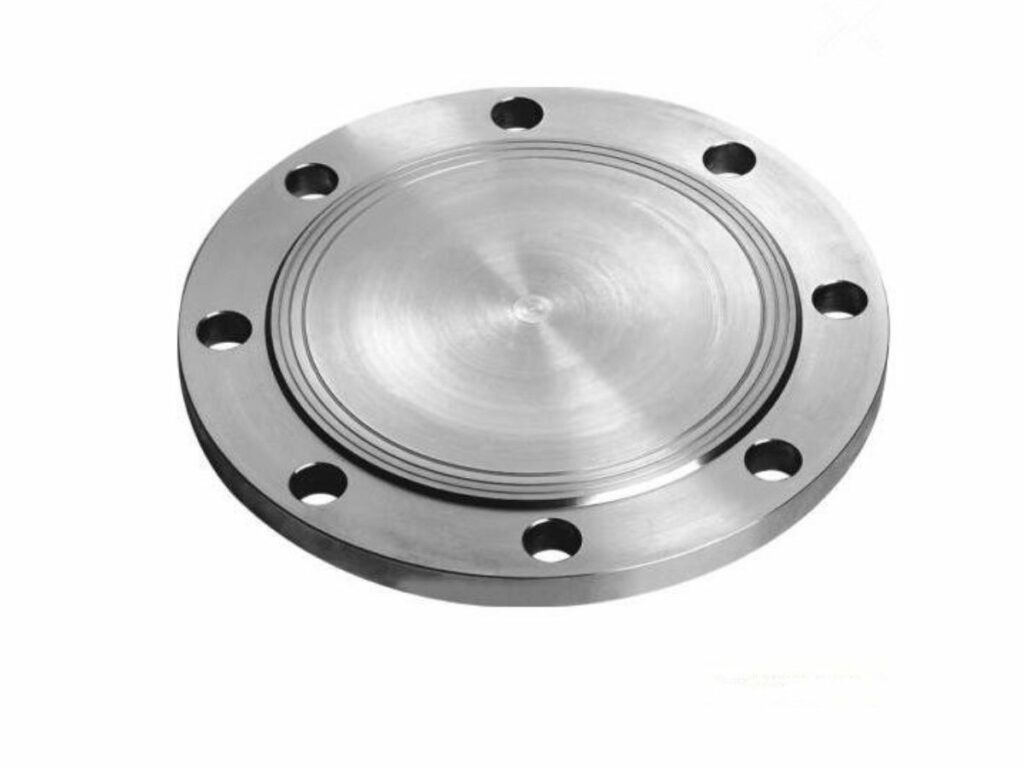
Socket Weld Flanges
These weld flanges have a socket weld neck and are used for pipelines that need to be drained. The socket weld flange function is to weld the pipe and a fitting together. This weld flange is mostly used in high-pressure pipelines.
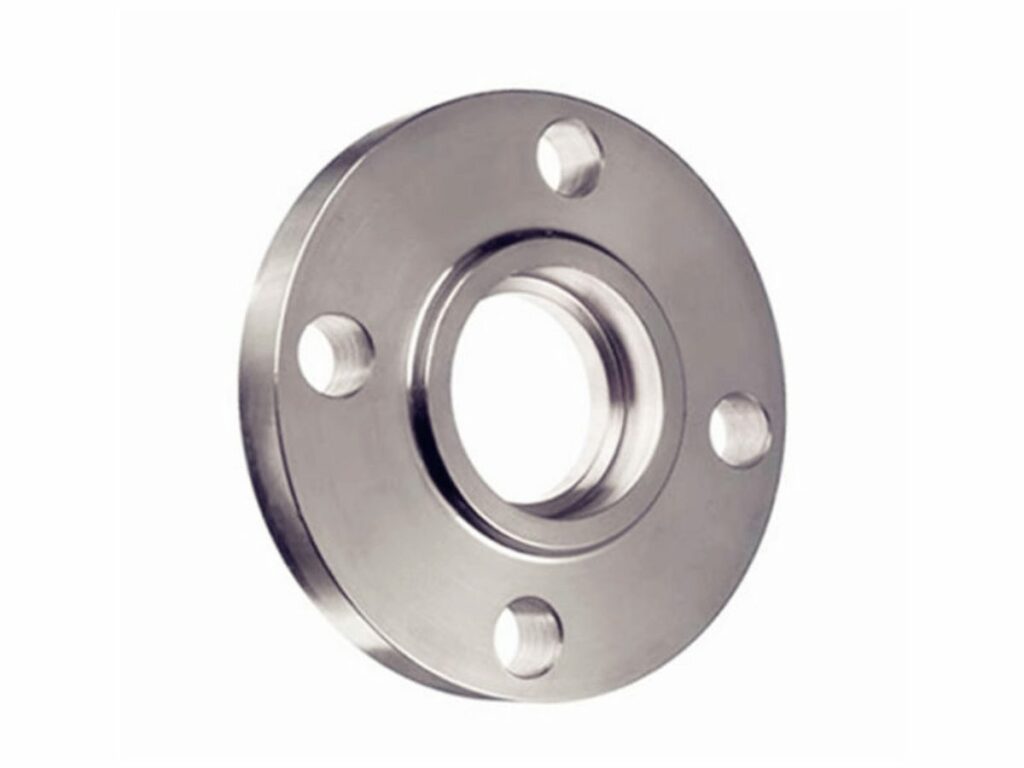
Threaded Weld Flanges
These weld flanges have a threaded neck and are used for pipelines that need to be tightened. Its function is to make a seal between the two pieces of metal.
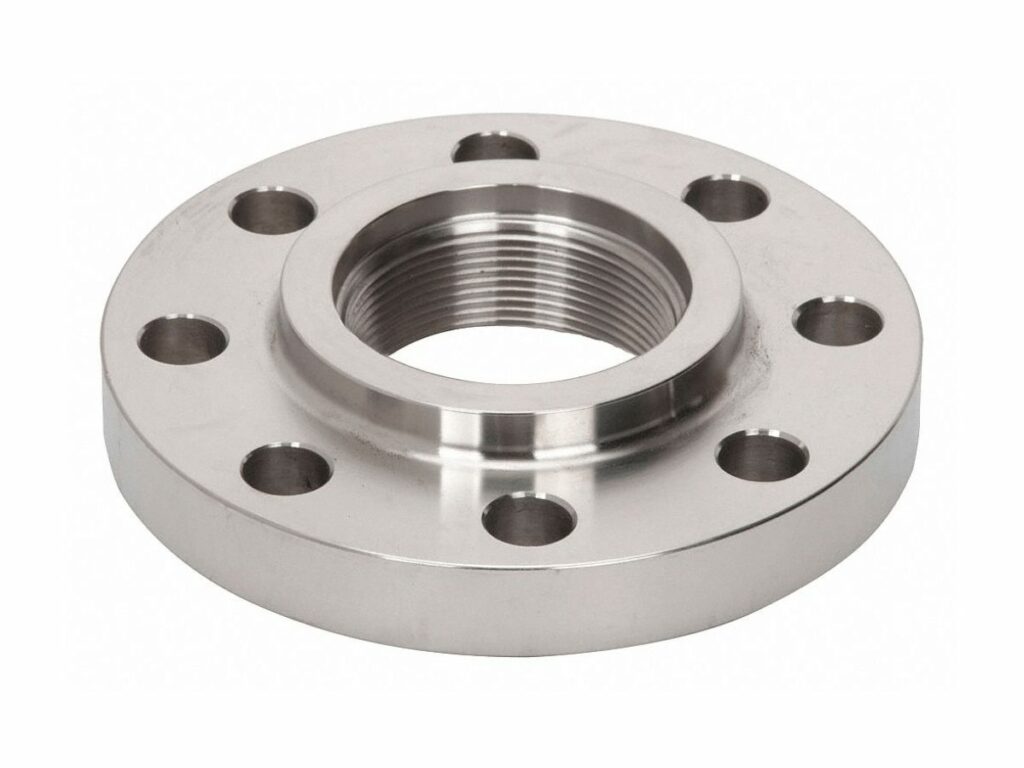
Lap Weld Flanges
These weld flanges have a lap joint flange and are used for pipelines that need to be welded. Its function is to weld the pipeline to the flange. The lap weld flanges are available in different sizes and thicknesses.
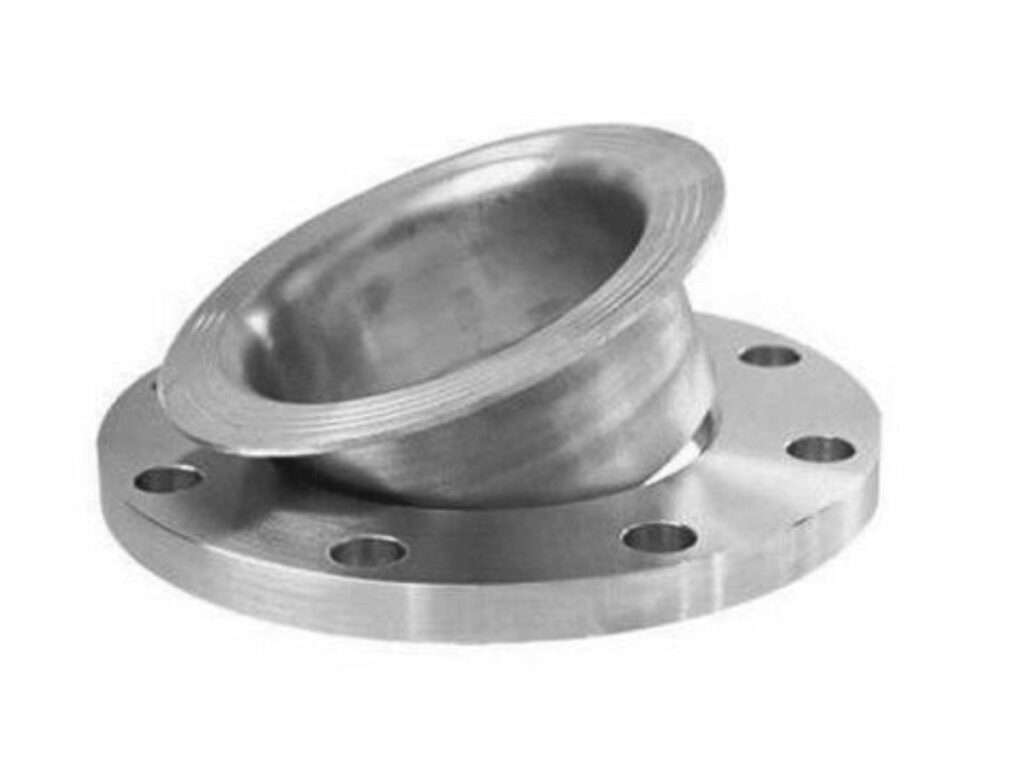
Slip Weld Flanges
These weld flanges have a slip joint and are used for pipelines that need to be connected quickly. Its function is to connect and disconnect the pipeline without having to weld it again.
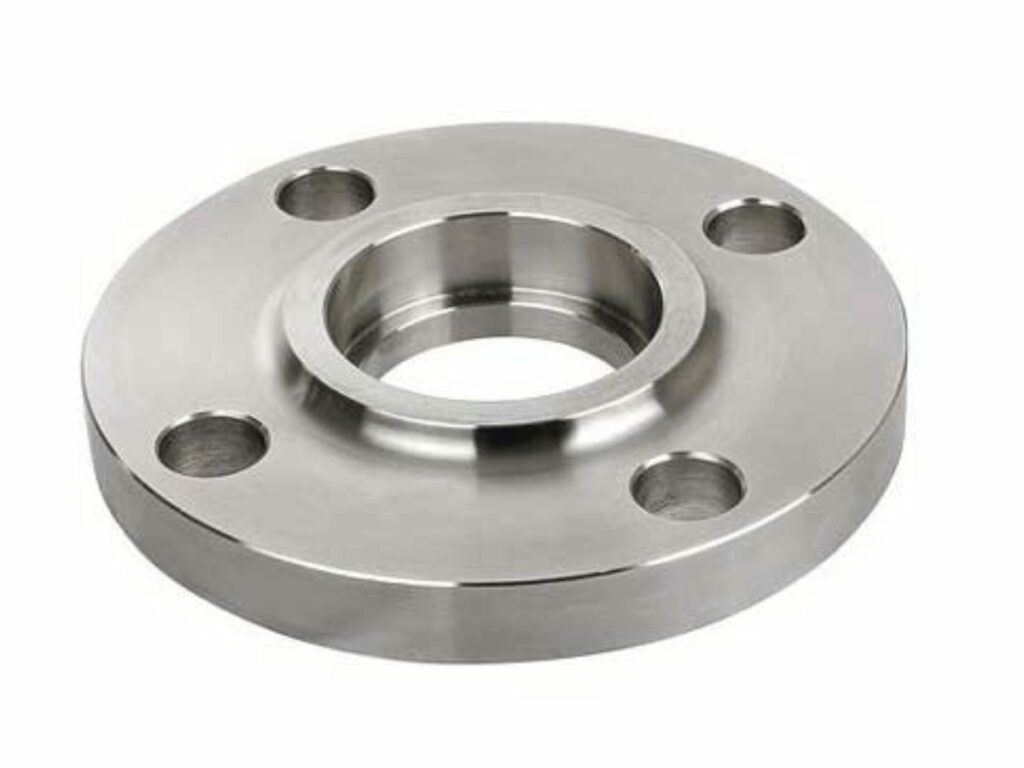
Weld flanges are a strong, durable option for connecting pipelines. They can handle more pressure than bolted flanges and can be used in a variety of applications.
9. 3 Tips on How To Test a Welded Flange for Quality Assurance
Welded flanges are an important part of many welded pipe systems. Flanges can be welded on-site, or they can be welded during the manufacturing process. To ensure that the welded flange is of the highest quality, it is important to test it for defects. Here are 3 tips on how to test a welded flange for quality assurance:
#1 Inspect the Weld for Cracks and Other Defects
The first step in testing a welded flange is to inspect the weld for cracks and other defects. A visual inspection can reveal many flaws that may not be detectable with other methods.
#2 Test the Weld Strength by Subjecting It to a Pressure Test
The weld strength can be tested by subjecting it to a pressure test. This test will determine the maximum pressure that the weld can withstand without failing.
#3 Use a Non-Destructive Testing Method Such As Radiography To Check the Weld for Flaws
A non-destructive testing method such as radiography can be used to check the weld for flaws. This test uses X-rays to detect defects in the weld.
If you are testing a welded flange for quality assurance, follow these tips to ensure that the weld is of the highest quality. By following these tips, you can weld a flange that will last for many years.
10. Common Problems With Welded Flanges and How To Troubleshoot Them
Welded flanges can be problematic, especially if not installed and welded properly. Here are 3 common problems with welded flanges and how to troubleshoot them:
The Weld May Not Be Strong Enough
The weld may not be strong enough, leading to a leak. To test for this, try tightening the bolts on the welded flange. If the leak persists, the weld is likely weak and will need to be redone.
The Weld May Not Be Smooth
The weld may not be smooth, leading to turbulence and decreased flow. To test for this, try pouring water over the welded flange. If it flows smoothly, then the weld is likely to smooth. If there are any bumps or irregularities in the weld, they will cause turbulence and decreased flow.
Poor Weld Joint Penetration
The weld joint may not penetrate the flange completely, leading to a leak. This can be tested by inspecting the welded flange for any gaps between the weld and the flange. If there are any gaps, then the weld joint has not penetrated properly and will need to be fixed.
11. Conclusion
Weld flanges are more expensive than other types of flanges, but they are more durable. They also provide a better seal than other flanges. weld flanges are the best choice for high-pressure and high-temperature applications.
If you need to buy a weld flange, be sure to choose a reputable supplier or manufacturer. There are many suppliers online, so do your research to find the best one.
You can also contact us at Oflange to learn more about weld flanges and other types of flanges. We would be happy to help you find the right product for your needs.
